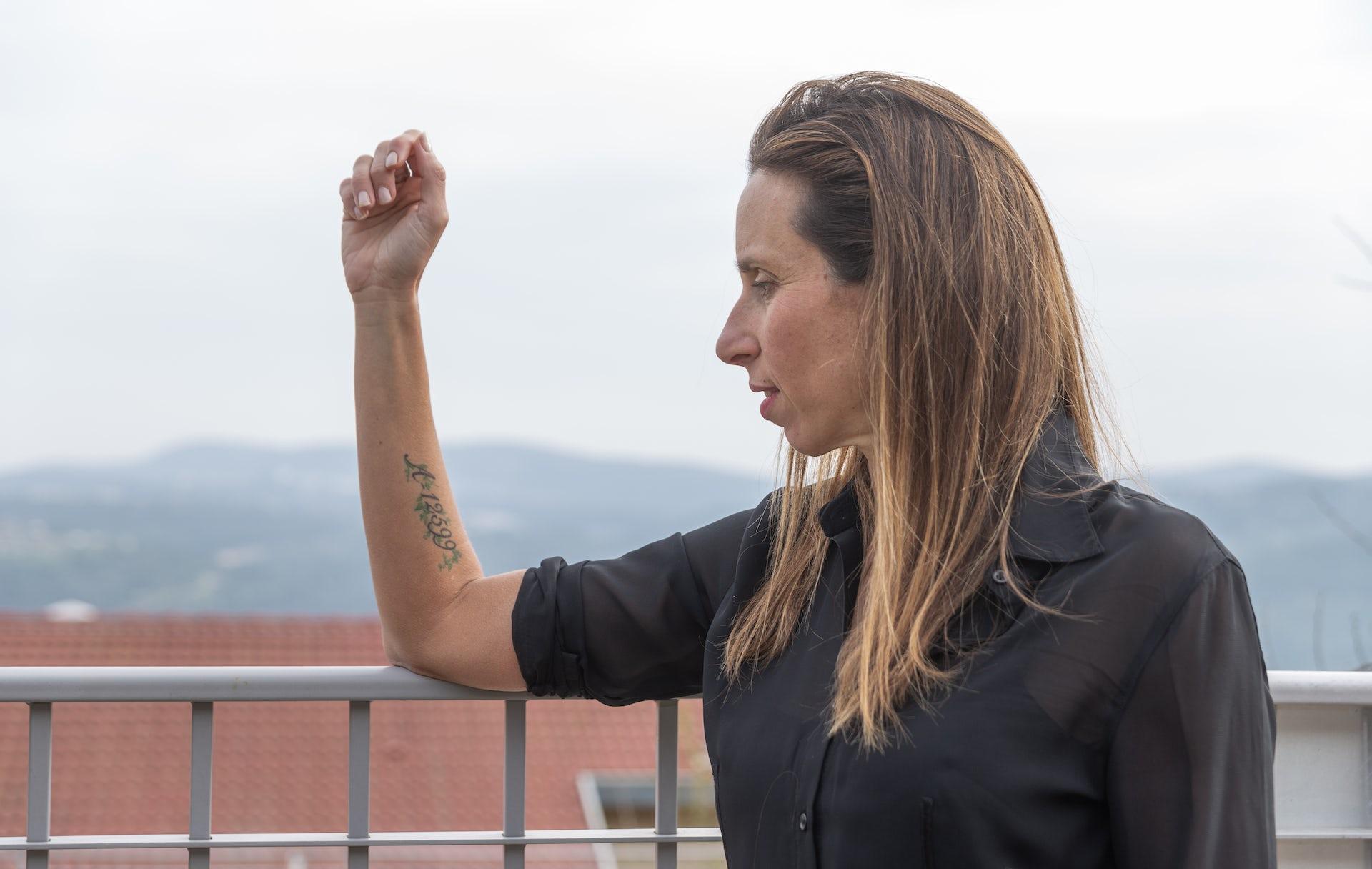Why some descendants of Holocaust survivors choose to replicate a loved one’s Auschwitz tattoo
Listen to a related interview on The World by clicking the audio player above.
Nearly eight decades on from the liberation of Auschwitz on Jan. 27, 1945, the number of concentration camp prisoners forcibly tattooed, remains, for many, the symbol of the Holocaust. The Nazis murdered 6 million Jews, 1 million of whom died at Auschwitz.
Today, there are ever fewer survivors still alive to bear witness to this genocide. Now, some descendants of Holocaust survivors are replicating the Auschwitz tattoo of their parent or grandparent on their own bodies.
Alice Bloch is a sociologist at the University of Manchester. Her research into forced migration and how intergenerational trauma shapes families led her to watch the 2012 documentary, “Numbered,” in which Auschwitz survivors spoke about living with this tattoo. Among them were some descendants of survivors who had chosen to replicate their parent’s or grandparent’s number on their own bodies. Bloch was intrigued by this potent gesture.
In an ongoing research project, Bloch has been seeking out people who have chosen to have a family member’s Auschwitz number tattooed on themselves.
“As a sociologist, I was really interested in the sort of intersections between the body and memory and how that bore out. How do you memorialize through the body, specifically, what you might term a sort of traumatic tattoo, something that was imposed and forced on an ancestor?”
The people she has interviewed have gone about copying the tattooed number in vastly different ways and for different reasons. But, as two of her interviewees, David Rubin and Orly Weintraub Gilad, tell “The Conversation Weekly,” all find meanings in this act that are as personal as they are universal — and urgent.
These numbers, as Bloch puts it, are a way of communicating family stories and expressing love “when it was impossible to do that through words.” They also speak to the imperative to find new ways to keep the memory of the Holocaust alive as it passes out of living memory.
To find out more about Bloch’s research and hear Rubin and Weintraub Gilad’s stories, listen to the full episode of “The Conversation Weekly” podcast below. You can also read a long read story from The Conversation’s Insights series by Bloch about her research.
Disclosure: Alice Bloch has received funding from British Academy/Leverhulme Trust Small Research grant in partnership with the Department for Business, Energy and Industrial Strategy to support this research.
This article is republished from The Conversation under a Creative Commons license.
![]()
